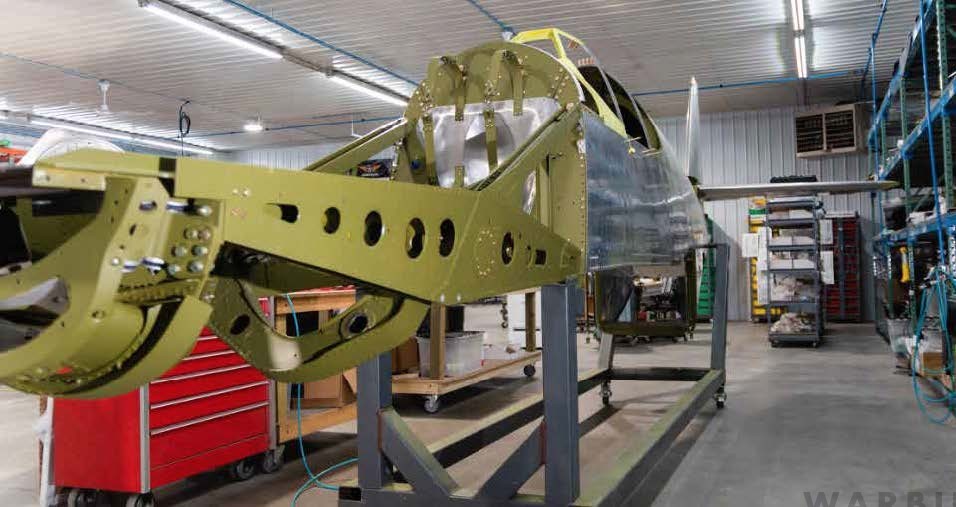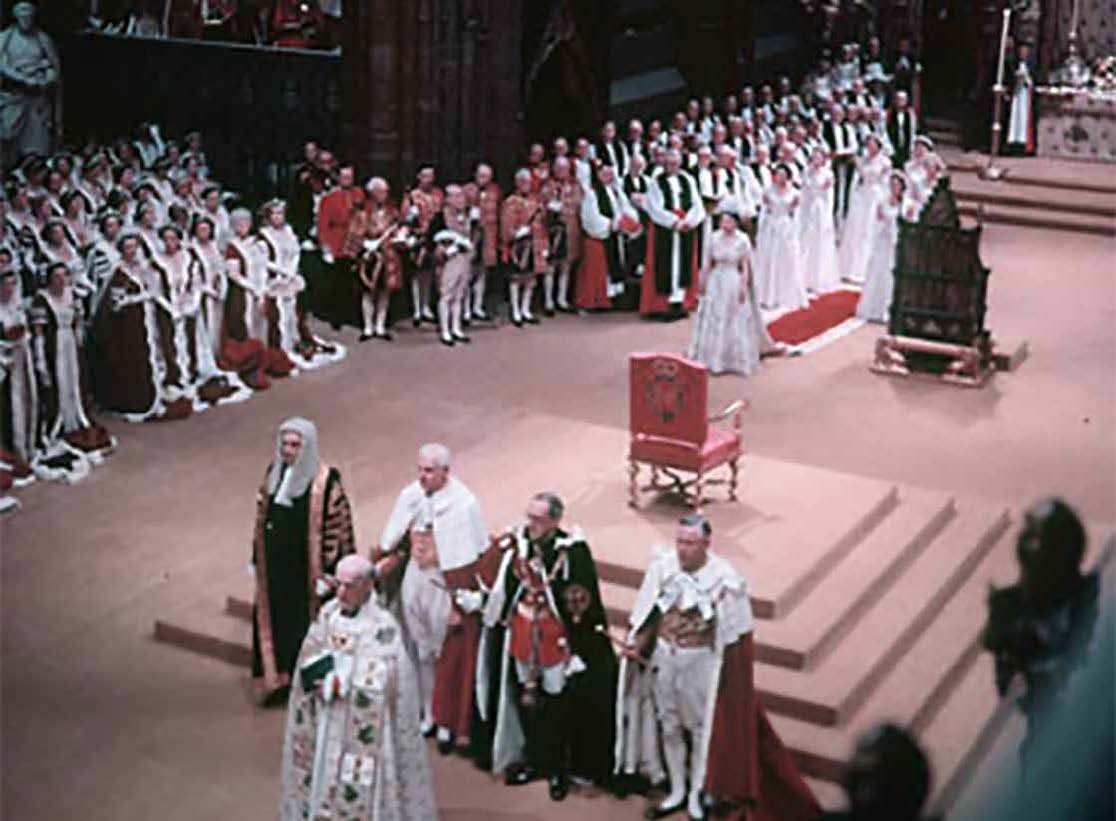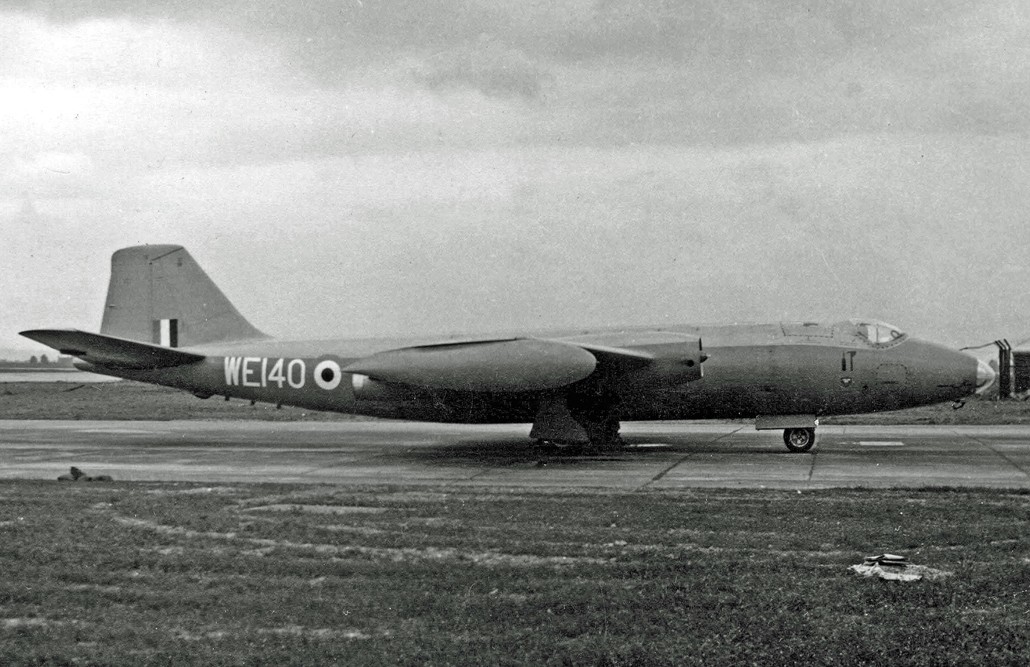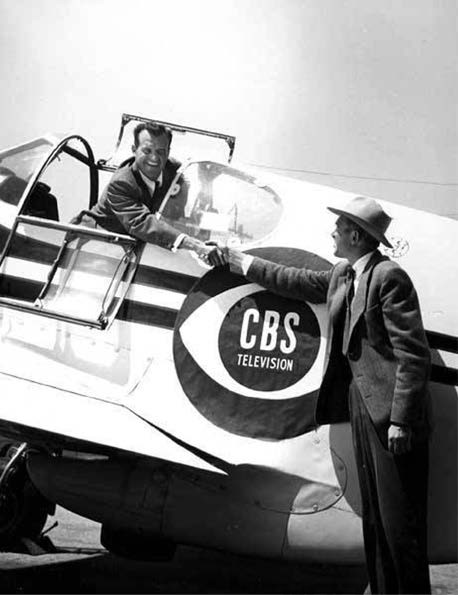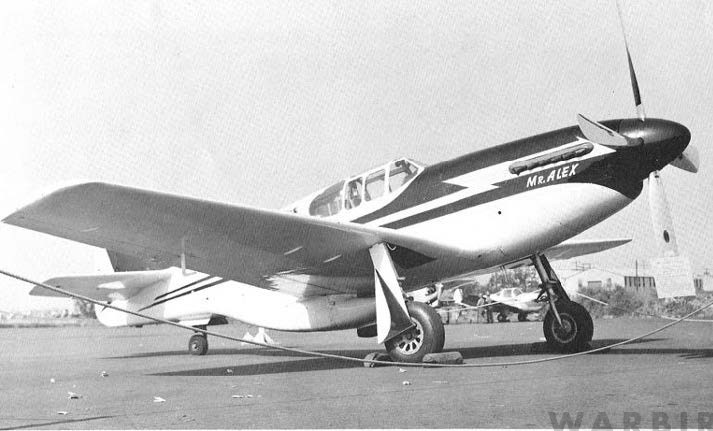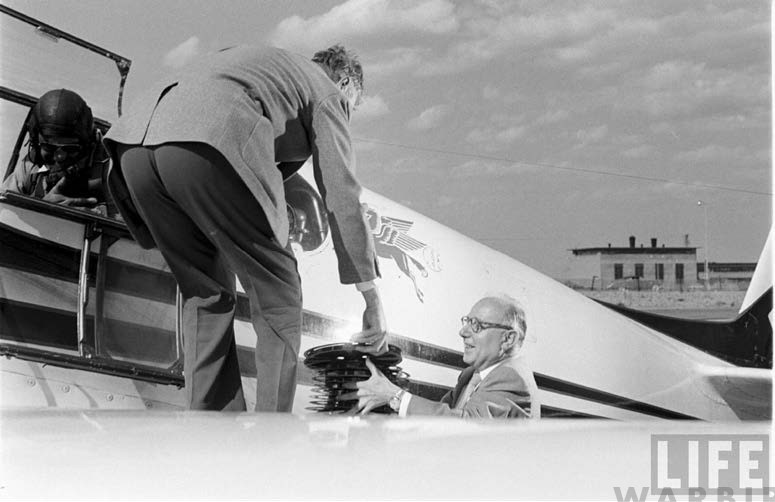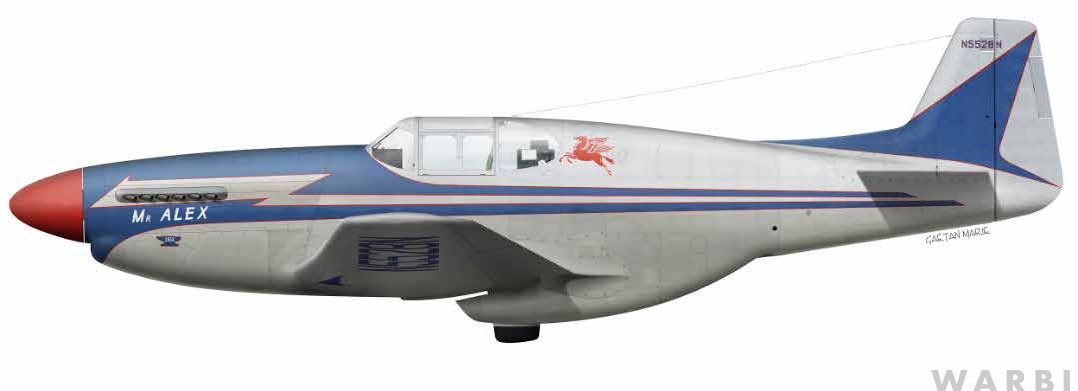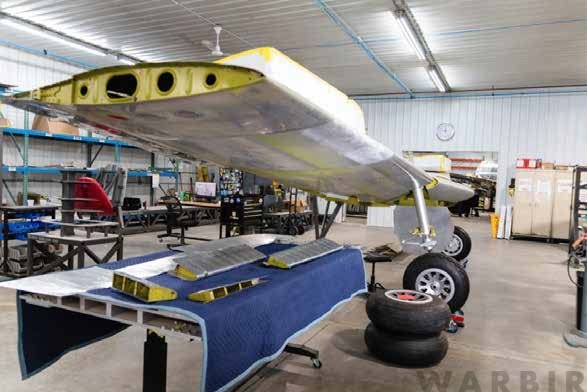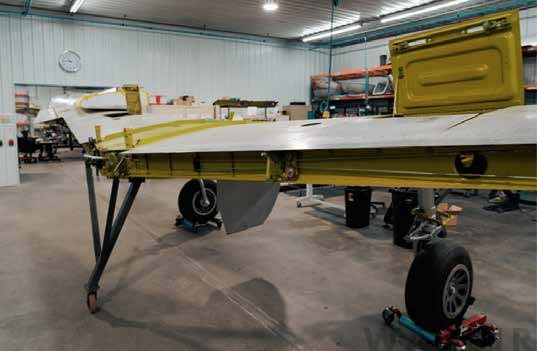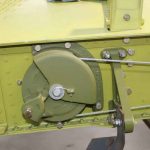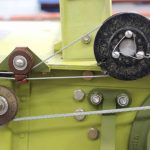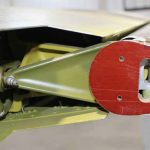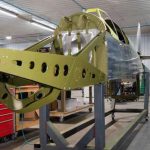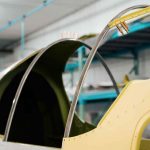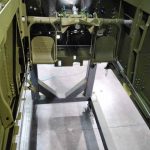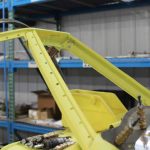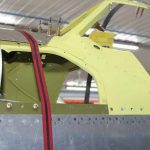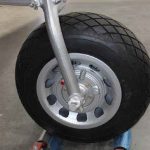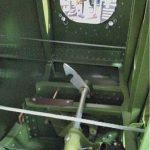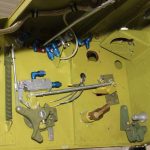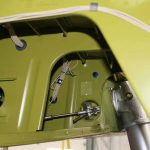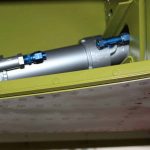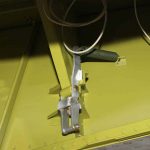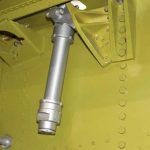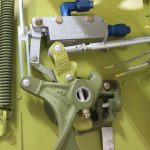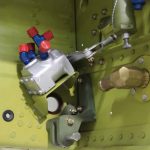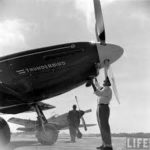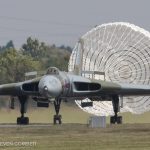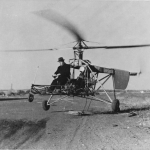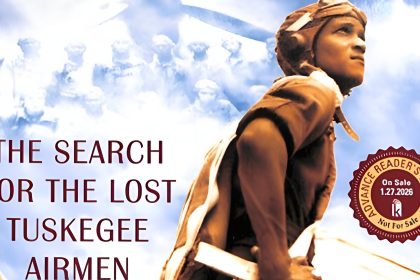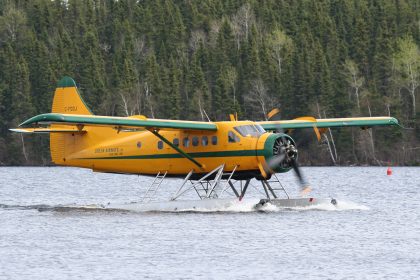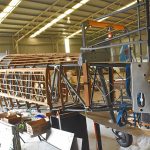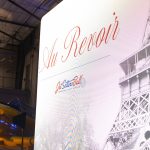Over the past several years, aviation historian Chuck Cravens has brought us regular updates regarding ongoing restoration projects at AirCorps Aviation in Bemidji, Minnesota. Many of the aircraft involved have been for the fabulous Dakota Territory Air Museum, and such is the case for this particular story about the resurrection of a long-lost, legendary racing Mustang which dates to the post-war Cleveland National Air Races. The original constructors of this race plane built the airframe up from the components of three different Mustangs, but did not record their serial numbers. They listed it as a P-51C with the FAA, with the registration being N5528N. During her racing career, the Mustang bore the names Thunderbird, and later, Mr.Alex, so with the lack of a definitive airframe serial number, we will refer to it henceforth simply as Thunderbird/Mr.Alex. This current episode is Craven’s third installment of that aircraft’s remarkable story and its journey back to flight…
The coronation of Queen Elizabeth II was perhaps the biggest event in world news during June of 1953. The crowning of a new British monarch has always been a historical and newsworthy event, but in 1953, for the first time, it was possible to broadcast the ceremony on live television – and in color! Remarkably, Thunderbird/Mr. Alex played a role in distributing this unprecedented coverage of the event.
While there was great popular excitement at being able to see the coronation on live television, this didn’t come with out some political controversy regarding whether the British Broadcasting Corporation (BBC) should be allowed to film the event in such a way. Traditionalists, like then-Prime Minister Winston Churchill and Elizabeth the Queen Mother, were opposed. However, when the BBC leaked their decision to forbid TV coverage, it quickly became clear that a vast majority of the British public favored the coverage. This public pressure resulted in a go-ahead for the British network to cover the event live on June 2, 1953.
Unfortunately, North American television networks didn’t have the same option for live coverage. In fact, covering a breaking international news event happening overseas was the largest challenge that the television industry had faced up until this time. While it was theoretically possible to transmit directly across the Atlantic through underwater cables, it would require pre-empting every existing cable at the prohibitive cost of some 40 million dollars.1
Since videotape and communications satellites didn’t exist in 1953, the only viable coverage option which American and Canadian networks had was to physically transport film of the event to broadcasting facilities within the US.
As is true with all breaking-news, even today, networks compete to be first. Back in 1953, this competition evolved into the Great Coronation Race. A variety of plans for scooping competing networks were proposed; NBC explored chartering the revolutionary deHavilland Comet jetliner from the British Overseas Airlines Corporation (BOAC) to fly the film to the US. However, since that airliner type had suffered three serious accidents since its commercial debut in 1952, interest in that option quickly faded.
The Canadian Broadcasting Company (CBC) found their option by arranging for the BBC kinescope film to be flown from London Airport (Heathrow) to Goose Bay, Labrador in an RAF English Electric Canberra PR.3 fresh off the production line, and America’s CBS and NBC managed to obtain space in the same Canberra for their separately made films.
1 Reuven Frank, The Great Coronation War, The American Heritage magazine,Volume 44, Issue 8,December 1993, accessed via website, https://www.americanheritage.com/great-coronation-war, 6-24-2021
The CBC film would be transferred from the No.540 Squadron RAF Canberra PR.3 (WE140) to a No.445 Squadron RCAF CF-100 Mk.3B Canuck (s/n 18137) for delivery to Montreal and subsequent broadcast, so the two US networks needed a way to get the kinescope film from Goose Bay to broadcasting facilities in Boston. Boston was the closest transmission point with the capability of feeding the entire country for both networks.
This is where Thunderbird/Mr.Alex comes into the story. The two networks set up a race. CBS hired Joe DeBona, flying Thunderbird, and NBC hired arch-rival Paul Mantz’s red P-51. The Mantz Mustang had Stan Reaver for a pilot; he had finished second to DeBona in the 1949 Bendix and vowed not to let that happen again.
At the time Thunderbird had been repainted as Mr. Alex, and it was owned by Jimmy Stewart (who just happened to own an interest in a CBS affiliate TV station). The “Mr. Alex” moniker was in honor of Alexander Maitland Stewart, Jimmy Stewart’s father.
Both Mustangs were due to pick up their film footage from the Canberra in Goose Bay and then race to carry the precious cargo to Boston.
When coronation day finally arrived, the kinescope film was shot, then hurried over to an airfield for loading aboard a Royal Air Force Canberra for the transatlantic flight to Canada. The British jet made the crossing and was on the ramp in Goose Bay with the film by 1:45pm on June 2nd. DeBona and Reaver rushed to get their film reels and stow them in their respective aircraft.
Just 17 minutes later, DeBona left Goose Bay at 2:02 pm Eastern Time; he arrived in Boston at 4:13. Reaver left at 2:15 pm, but had icing problems enroute; he didn’t arrive at Boston until 4:37 pm. But even before they landed in Boston, it soon became clear that CBS’s DeBona would make it first.
As the realization dawned that Reaver and the NBC film would arrive after DeBona, an NBC executive approached ABC management with a new solution. ABC had already struck a deal to pay the Canadian Broadcasting Corporation (CBC) for access to their coverage of the coronation, and NBC was now willing to pay any amount so that they could also share the broadcast.
A deal was struck, and just moments before 4:00 pm (less than 15 minutes before DeBona landed in Boston), both NBC and ABC switched their feed to CBC coverage from Ottawa. As DeBona covered the last few miles to Boston’s Logan Airport carrying the CBS film, the NBC executives were dismayed to see that the CBC coverage was broadcasting the Canadian celebration ceremonies, instead of the events from London!
DeBona touched down in Boston at 4:13, taxied to the ramp, and handed the film over to CBS executives who rushed to the broadcast booth to get the film on the air as soon as humanly possible. However, four minutes later at 4:17pm, CBC switched to the Montreal feed that showed the London coverage of the coronation. This meant that both NBC and ABC were able to beat the CBS coverage by several minutes, without needing the film brought by Reaver a mere 20 minutes later.
So while CBS won the much vaunted air race, NBC and ABC were able to air Coronation coverage first. CBS went on the air with their own coverage at 4:23 and could claim to be the only network to run an edited version that they produced themselves.
Despite the change in plan on the day, the race itself did a great deal to promote television by enabling the same day broadcast of a distant world event. It provided an opportunity for millions to share a cultural event. According to Alice Rizzo, writing for Reuters in 2018, “It’s also been widely viewed as the moment that changed the future of television.”
Mr. Alex
In January of 1953, six months prior to the coronation, Jackie Cochran had sold Thunderbird back to Jimmy Stewart. Jimmy applied to the CAA for a variance to the restrictions on the registration limiting Thunderbird to flight within the continental United States. This was granted to enable the Coronation film flight from Goose Bay to Boston. The restriction was reinstated after the trip.
As the Mustang was prepared for the Coronation race, Stewart had the aircraft repainted and named Mr. Alex to honor his father, Alexander Maitland Stewart.
Mr. Alex has been portrayed in artist’s renderings in various colors; sometimes black and yellow, one description said black and white, and the most common description was blue and white with a red spinner. However, with no known color photos of the aircraft available, it is difficult to prove which hues are correct; the best contemporary evidence indicates that it was blue and silver with a red spinner. This color scheme was described by an unnamed newspaper reporter who saw Mr. Alex at Meacham Field in Fort Worth, Texas.2 Black and white photos do appear to show the lighter areas as white, but black and whites of known silver Mustangs appear similarly, so it is not definitive proof. Hopefully, a color image will eventually emerge to settle this question once and for all.
March 31, 1954 marks the final notable event in Thunderbird/Mr. Alex’s career with Joe DeBona and Jimmy Stewart; a new non-stop transcontinental flight record of 4 hours, 24 minutes, and 17 seconds from Los Angeles International airport to Idyllwild Airport in New York. DeBona’s average ground speed was just over 561 miles per hour! This record still stands for west-to-east propeller-driven aircraft.
On September 1, 1954, Jimmy Stewart sold Thunderbird/Mr. Alex to Joe DeBona. On March 14th the following year, DeBona applied to the CAA for registration of N5528N. Two days later, DeBona sold the Mustang to James M. Cook of Jacksboro, Texas.
Cook installed silver iodide burners in the aircraft for cloud-seeding to help suppress hail storms in western Nebraska. He had earlier used a P-40 for this purpose, but had damaged the Warhawk in August 1954, necessitating the purchase of another suitable plane for his business.
However, Cook didn’t fly the aircraft for long, sadly. During the summer of 1955, he had to bail out of the aircraft mid-flight due to mechanical issues. The aircraft, without its pilot, subsequently crashed. Contemporary news accounts quote James Cook as saying that he had an undercarriage problem, with one gear leg locked in the up position and the other locked down. Cook struggled to get the gear problem corrected for an hour and 40 minutes but couldn’t rectify it despite receiving advice over the radio from several P-51 experts. Cook survived his parachute descent, but the aircraft was left where she fell; the FAA cancelled N5528N’s registration on August 15, 1955.
2 Ft. Worth Star -Telegram, May 20, 1953
Restoration Progress
The wings received most of the restoration time this month, with the attention focusing mainly on the aileron linkage and the landing gear actuating system.
Wings
Aileron Control Linkage
The aileron control linkages have been completed as wing progress continues.
Landing Gear and Wheel Wells
The landing gear control system required a great deal of hydraulic plumbing and mechanical linkage work this month.
And that’s all for this exciting news about the resurrection of Thunderbird. We will present further updates as this famous racing aircraft returns to her former glory. Many thanks to Chuck Cravens and everyone at AirCorps Aviation and the Dakota Territory Air Museum for their help in making this article possible.







